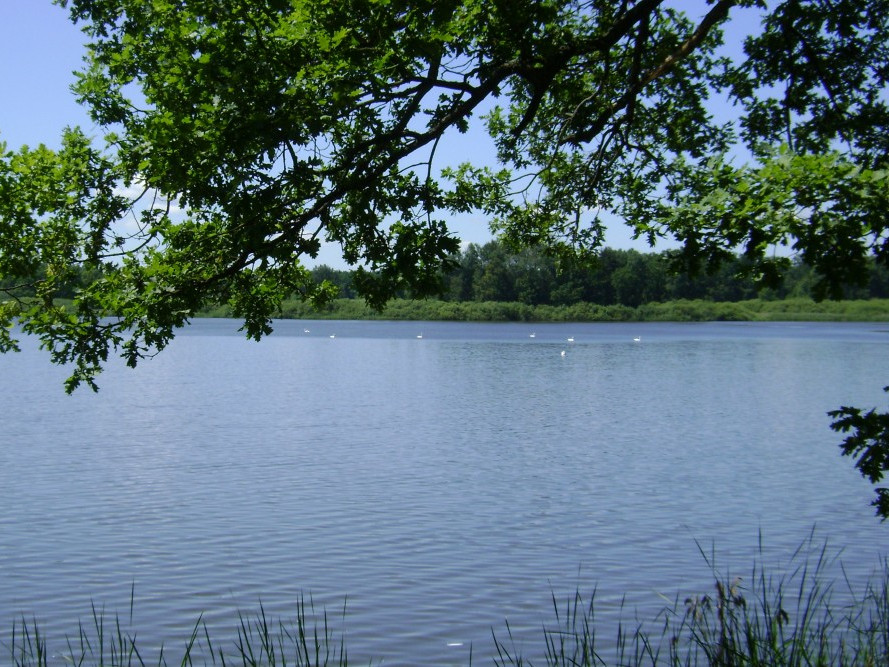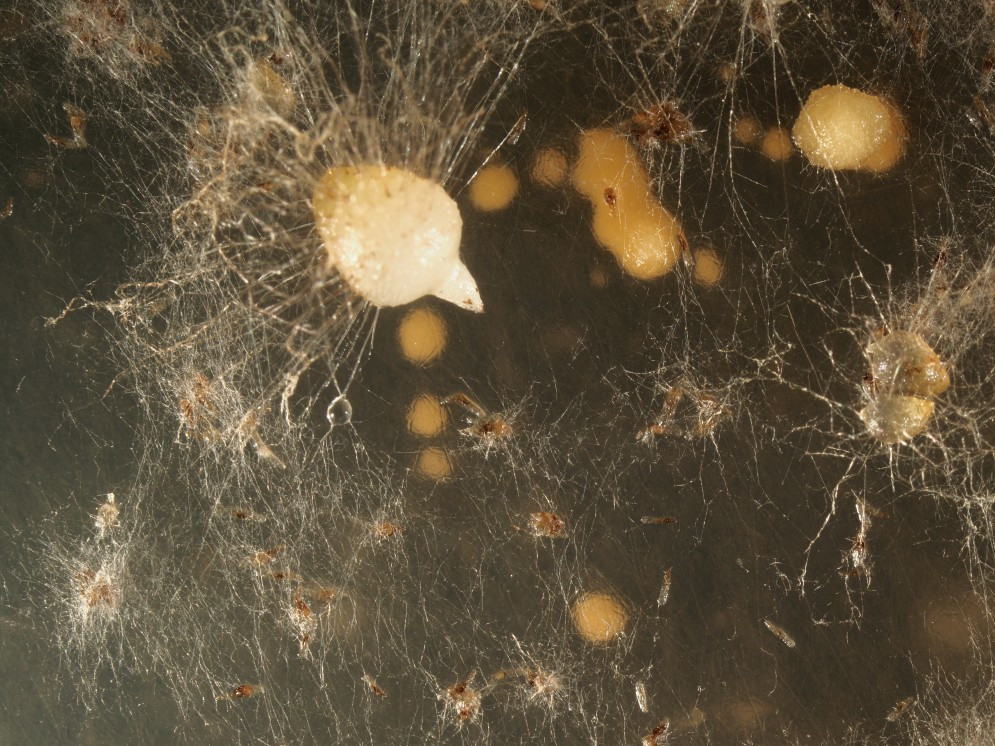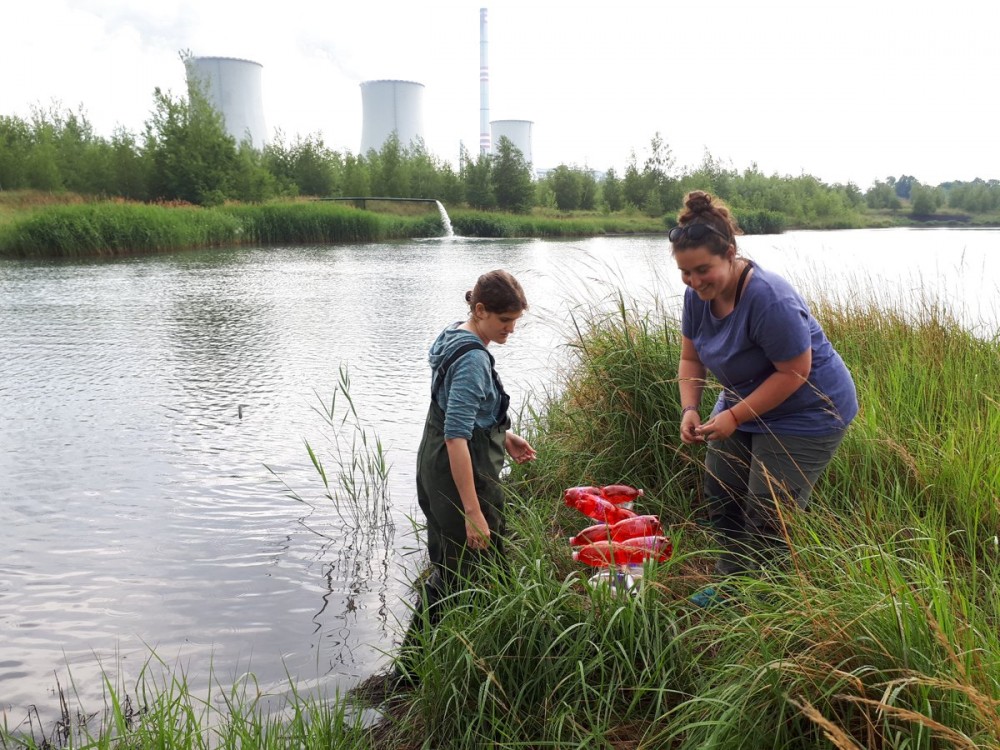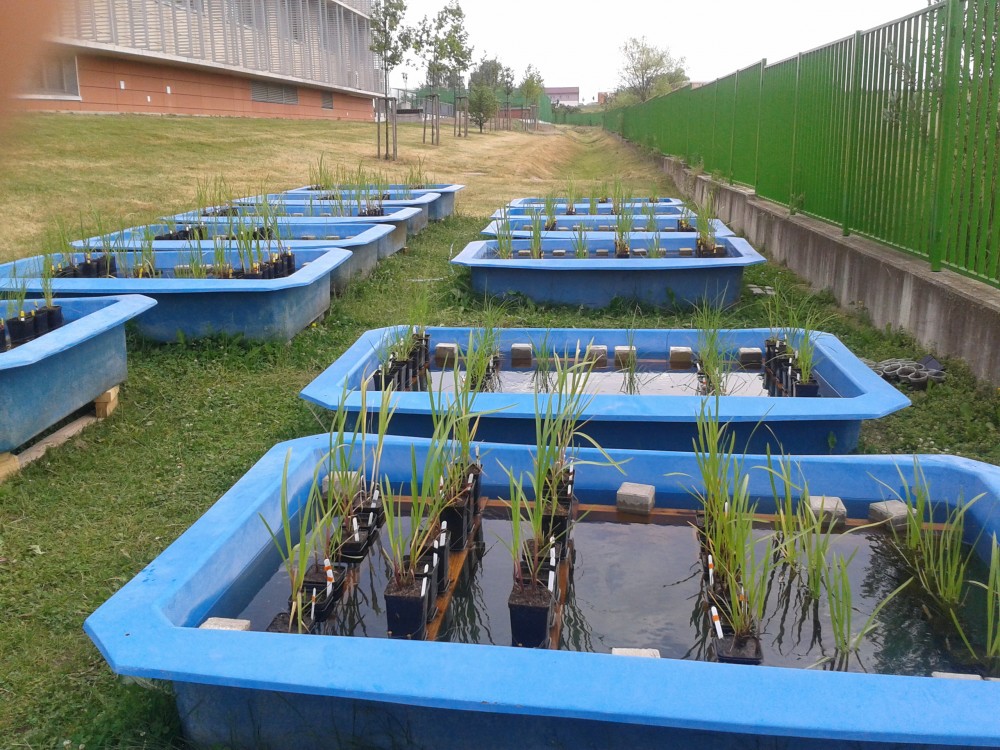Phosphorus dynamics in unmanaged terrestrial ecosystems: Links with nitrogen and carbon cycling
Principal investigator: Jiří Kopáček
(Co)investigator from the Department: Hana Šantrůčková
Funding provider: The Czech Science Foundation
Duration: 2017 - 2019
Project goals:
An integrated study on effects of changing environmental chemistry, climate and vegetation on (1) soil microbial community (2) P cycle, its links with C and N cycles in soils and role in N-saturation, (3) weathering rate and P liberation from bedrock, and (4) pollution of receiving waters with P.
Project description:
Unmanaged central European ecosystems (the Bohemian Forest and Tatra Mountains) have been exhibiting world’s largest recovery from atmospheric acidification. Resulting changes in biogeochemical processes and P, N and C cycles in soils are further affected by rapid changes in climate and vegetation, resulting in undesired losses of these nutrients from terrestrial to aquatic ecosystems. The extent and rate of nutrient losses and water pollution differ between catchments, reflecting soil and bedrock composition and vegetation health. On the basis of our long-term research in these areas, we propose a set of integrated laboratory and field studies on effects of changing precipitation chemistry, climate, and vegetation on (1) soil microbial community at sites differing in P sources and availability, (2) P cycle in soils and its links with C and N cycles, especially effects of P availability on N-saturation of catchments and the role of organic C in P leaching, (3) weathering rate and P liberation from bedrock and soils, and (4) pollution of receiving waters with this key nutrient.
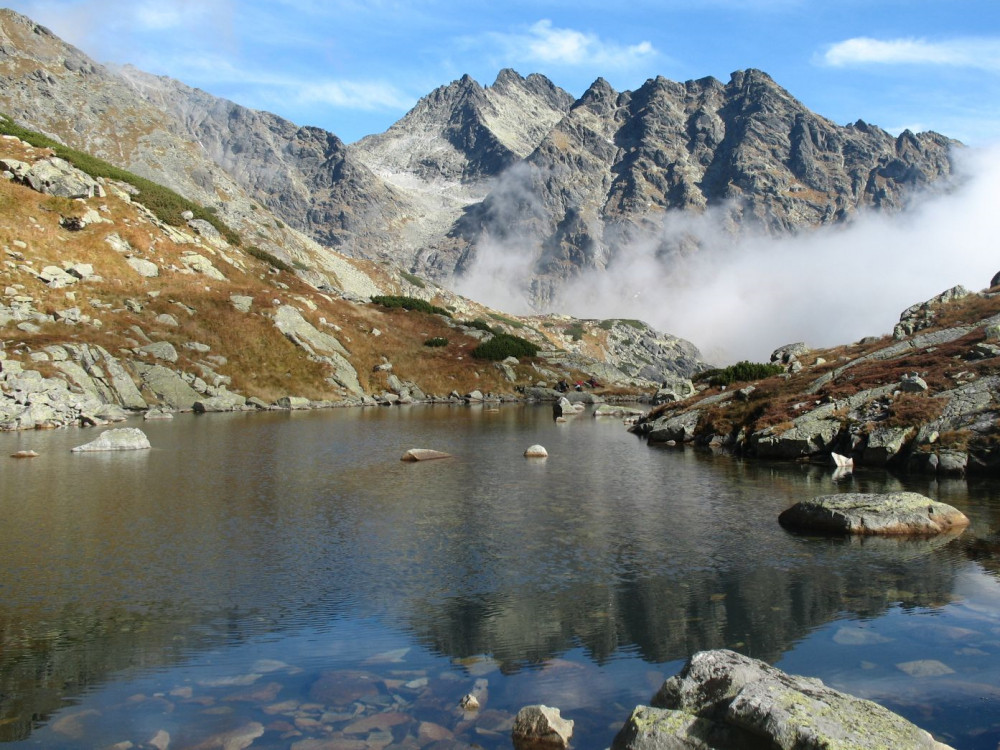
- Hits: 11802
